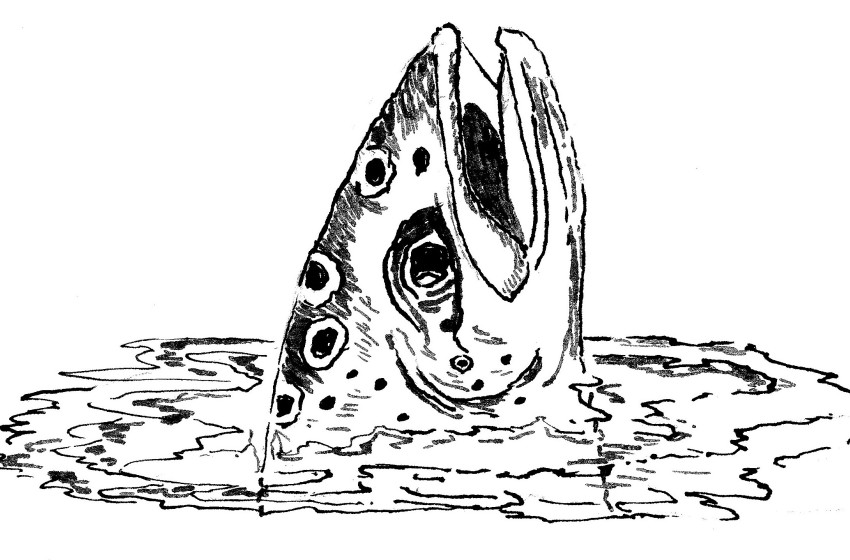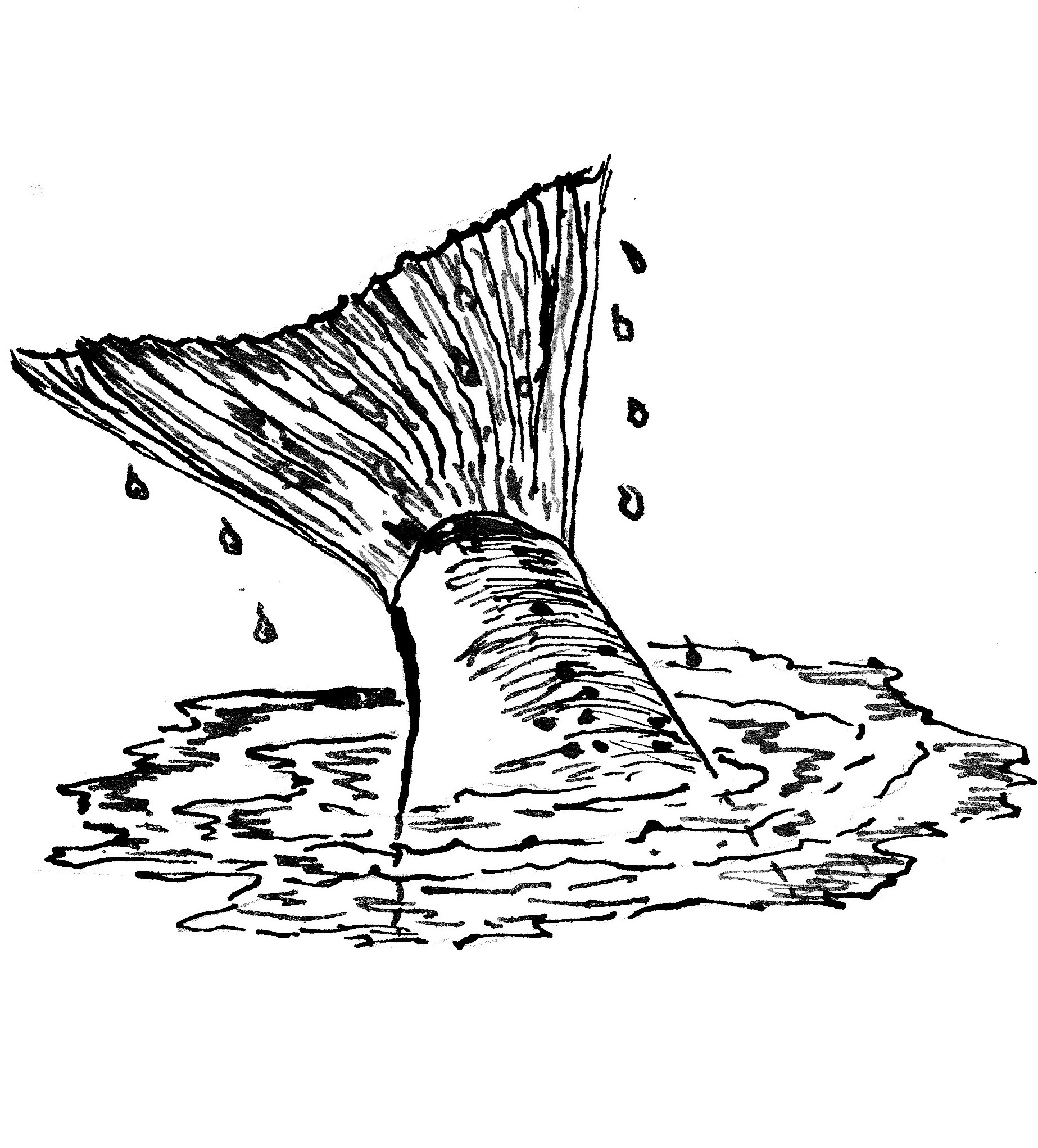Creasy's Column for Reel Life August 2017 - by Hugh Creasy
- 28/08/2017

“Embrace the cold,” said Harry, “and enjoy the moment.” My snarled reply was unprintable. My left boot was leaking and the cold seeped through my aching limbs. I could take no more and climbed the bank, and from the top reeled in my fly. I stomped sloppily back to the hut. Harry continued fishing. He regards any lessening of intensity in his pursuit of trout as failure – abject and not worthy of a true fisherman. His foot would be ice before he gave up – capitulation was tantamount to cowardice. I am built of less stern stuff and lit the fire in the hut before attempting to drag off my wading boot. The heat washed over me in gentle waves, thawing and comforting as blood returned to my toes. I am convinced I am not made for winter fishing. My foot, pale and damp, blue-veined in the twilight, looked pathetic and matched my mood. I felt sorry for myself.
It had been a bright, chill day full of promise. We arrived at the river where the water ran clear and deep and whitebaiters were leaving on the change in tides. Some left their nets in the current, and retired to the bank to boil billies and make tea. Their cups were steaming, and though whitebait had proved scarce, they managed a cheerful greeting.
The upper reaches of the river were closed for spawning, but this late in the season many of the trout chasing whitebait were recovering spawners. They chased whitebait with savage vigour, scything through the masses -- ignoring the mesh nets that would normally imbue them with considerable caution.
In a sidestream, the water flowed over a gravel bank, shallow and fast. A trout dashed into the shallows, driving whitebait before it. The whitebait took to the air in their efforts to escape and the trout, a big, skinny jack, tried to follow, its dorsal fin and tail clear of the water, but it lacked the strength to clear the water, and turned back to the deeps.
It was surprising that the whitebaiters had ignored the stream. Perhaps it was too narrow to legally accommodate their nets.
We were not tempted by the signs of activity. Further upstream there were pools and runs where the fish were in fine condition, and while Harry spotted I won the draw to cast to a fine, fat hen. I used a weighted caddis nymph, and under Harry’s direction lobbed it into the head of the pool where white water hid its entry. The hen took the nymph and I struck. It fought well – a maiden fish with a high condition factor. There was a chance it had yet to spawn, so I returned it to the water. Now it was Harry’s turn, and in the next pool another fish was caught.
We were delighted, but in the excitement I had failed to notice the coldness seeping through my left foot.
Cloud dulled the sun and the air became chill. My mood was a match.
Hope, they say, springs eternal. Spring is coming, though last year spring brought gale force winds and driving rain. Storm after storm passed through till the end of summer and beyond. More time on the river was spent undoing wind knots than having line on the water and wading deep water was hazardous. But this spring may be different. The sun may shine, the winds die and trout will rise to even miscast flies.
It’s time to check and clean lines, tie those tiny nymphs that imitate the mayflies of spring and the caddis that rise in the balmy evenings. I will check out my supply of hackle material to make sure moths have been kept at bay. The hackles and capes will be needed for all the terrestrials that make up the trout’s diet in the heat of summer.
The rivers have changed. It’s been a wet winter and the pools that fished well last season may no longer be productive. But there will be new pools and runs to explore. Earthquakes and floods have made their mark. On my favourite river, a slip took trees of considerable size into the tiver and some of them are lying diagonally across the runs. The logs are jammed between large boulders.
These waters are closed at the moment but in the months since the slip they will have been colonised by insects and fish. New habitat will have been formed, and by the look of it, fish will be tricky to land in the runs where branch and boulder will provide refuge for panicking trout.
Towards the end of last season I purchased some sparkly dubbing material. It was the first time in years I had been inside a fishing gear retailers store and taken a serious look at fly-tying materials. Apart from hooks I have always had a steady supply of feathers and fur from rarely shot rabbits, hares, ducks and pheasants, and I was never tempted by the gaudy displays of ersatz furs – until then.

The result was a selection of flies in various sizes that looked pretty to the eye – well, mine, at least – and caught the occasional rainbow, but cagey brown trout just sniffed and turned away. They took a traditional hare’s ear or pheasant tail with little hesitation. My new selection using flashy materials is much more sparsely tied – just a hint of a glint to tempt the cagey brown.
Every season begins with fresh possibilities, new explorations and challenges. That’s the exciting part that breaks the boredom of a long, chill winter.